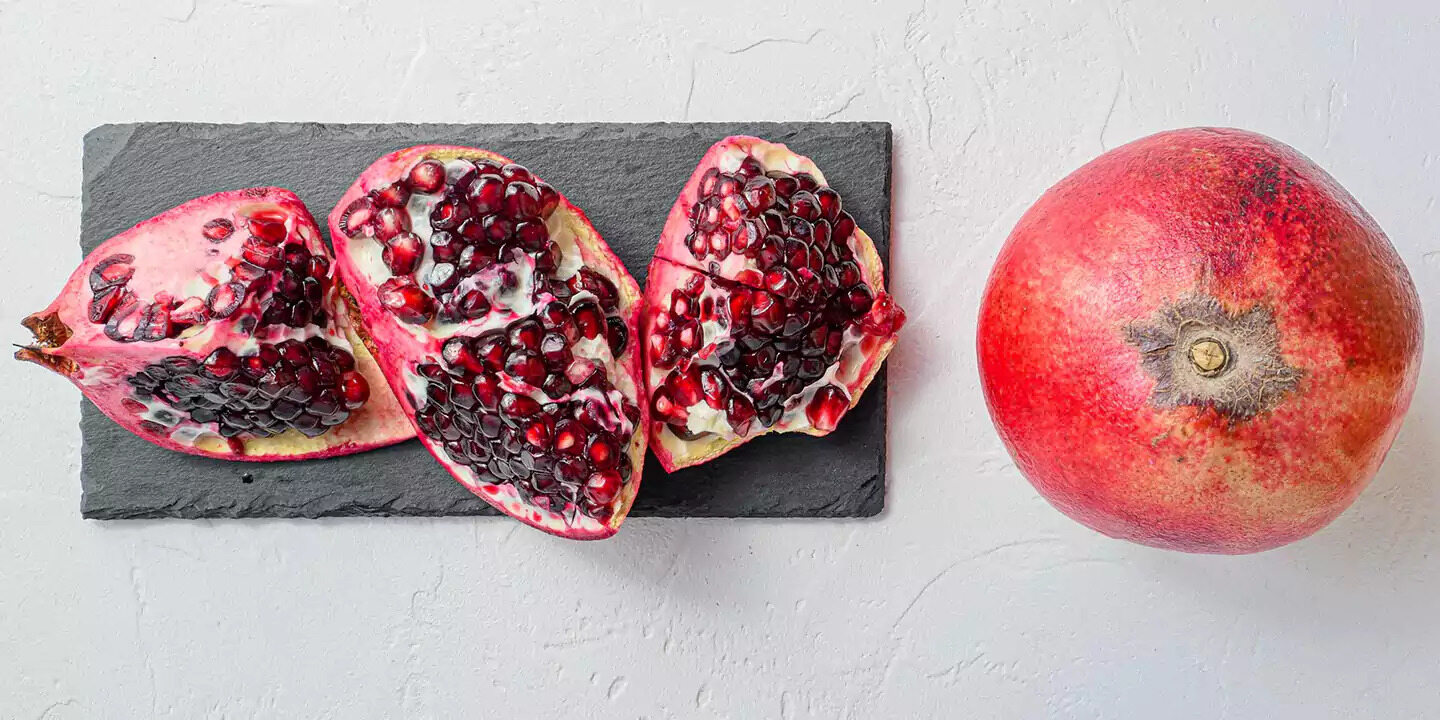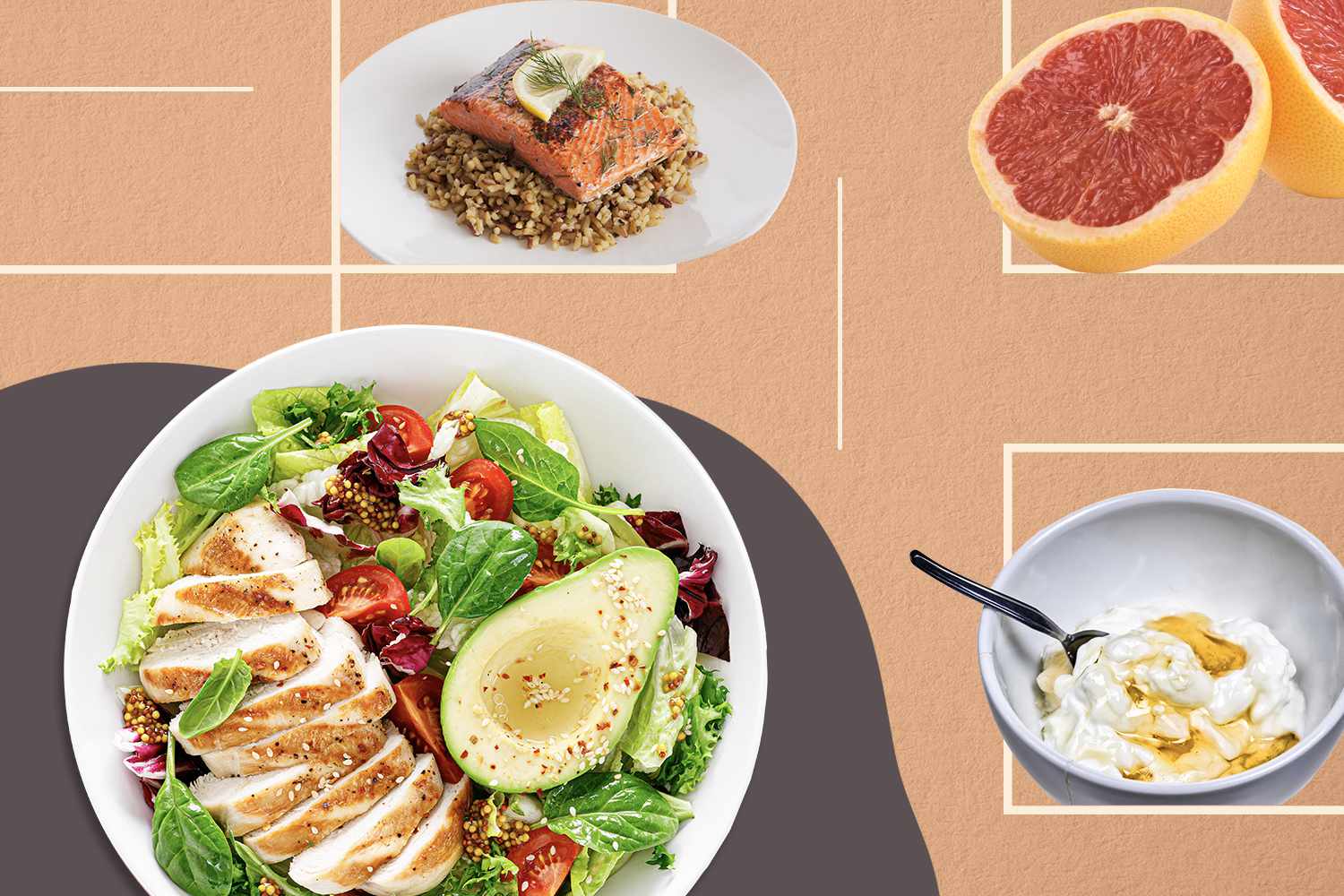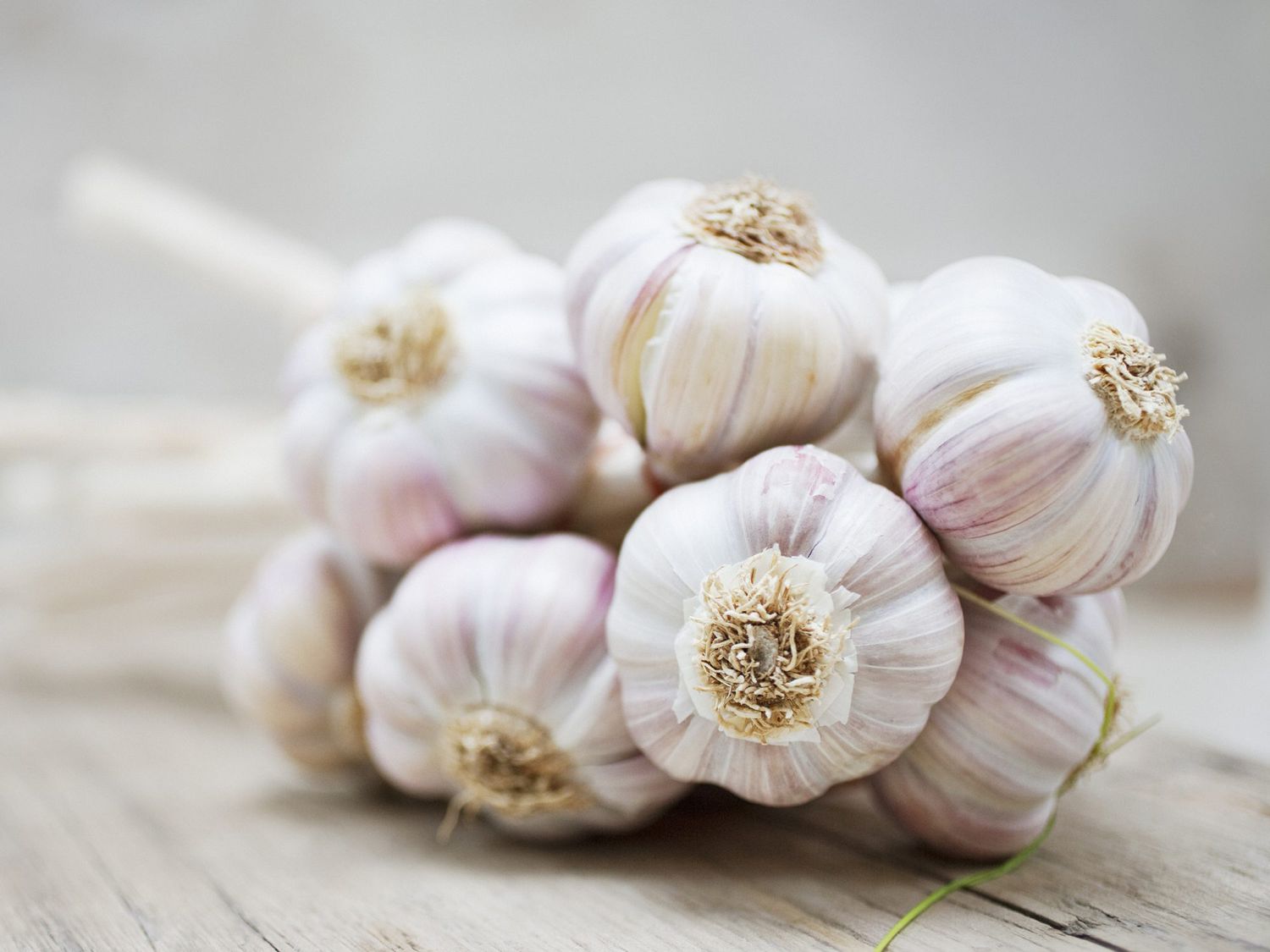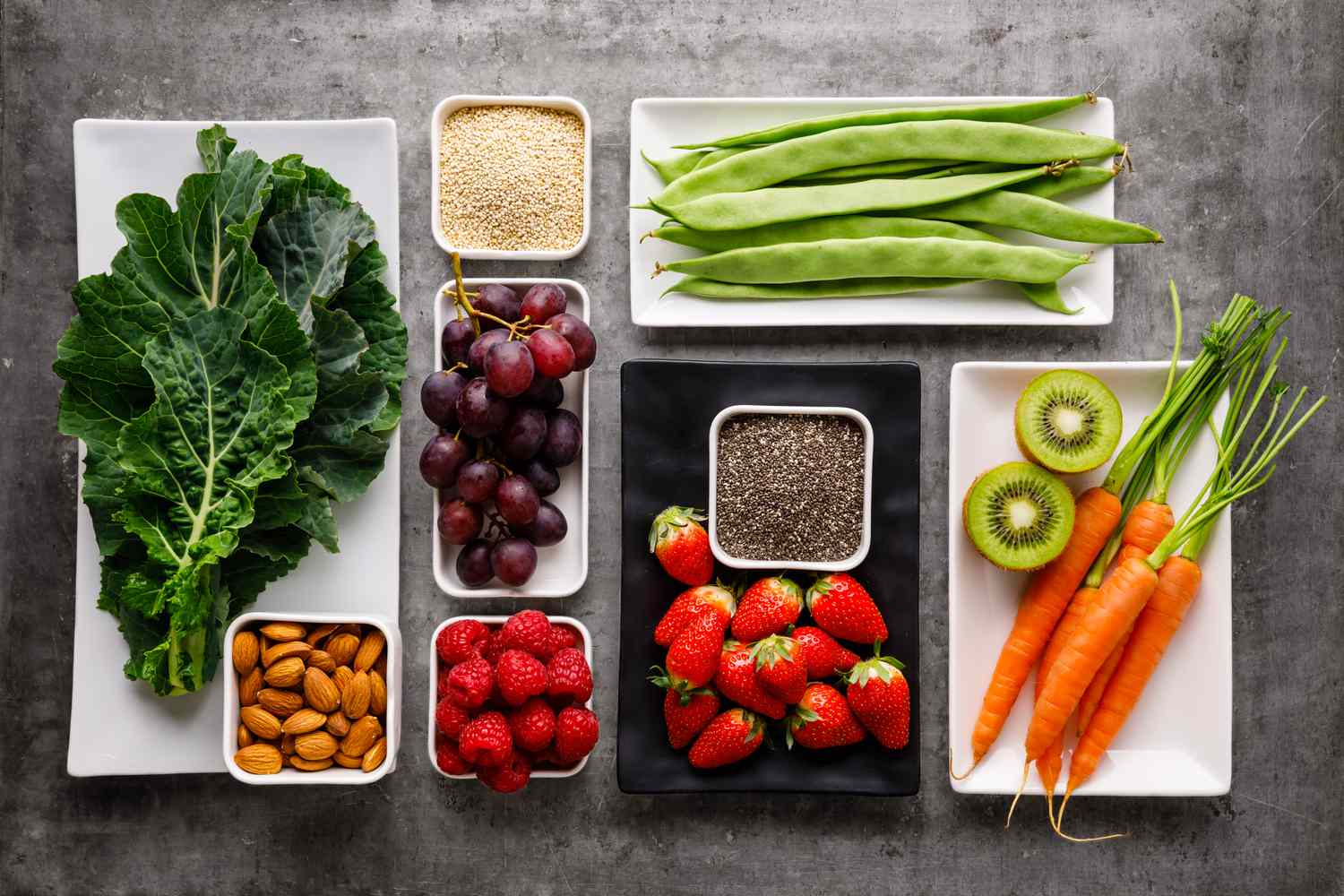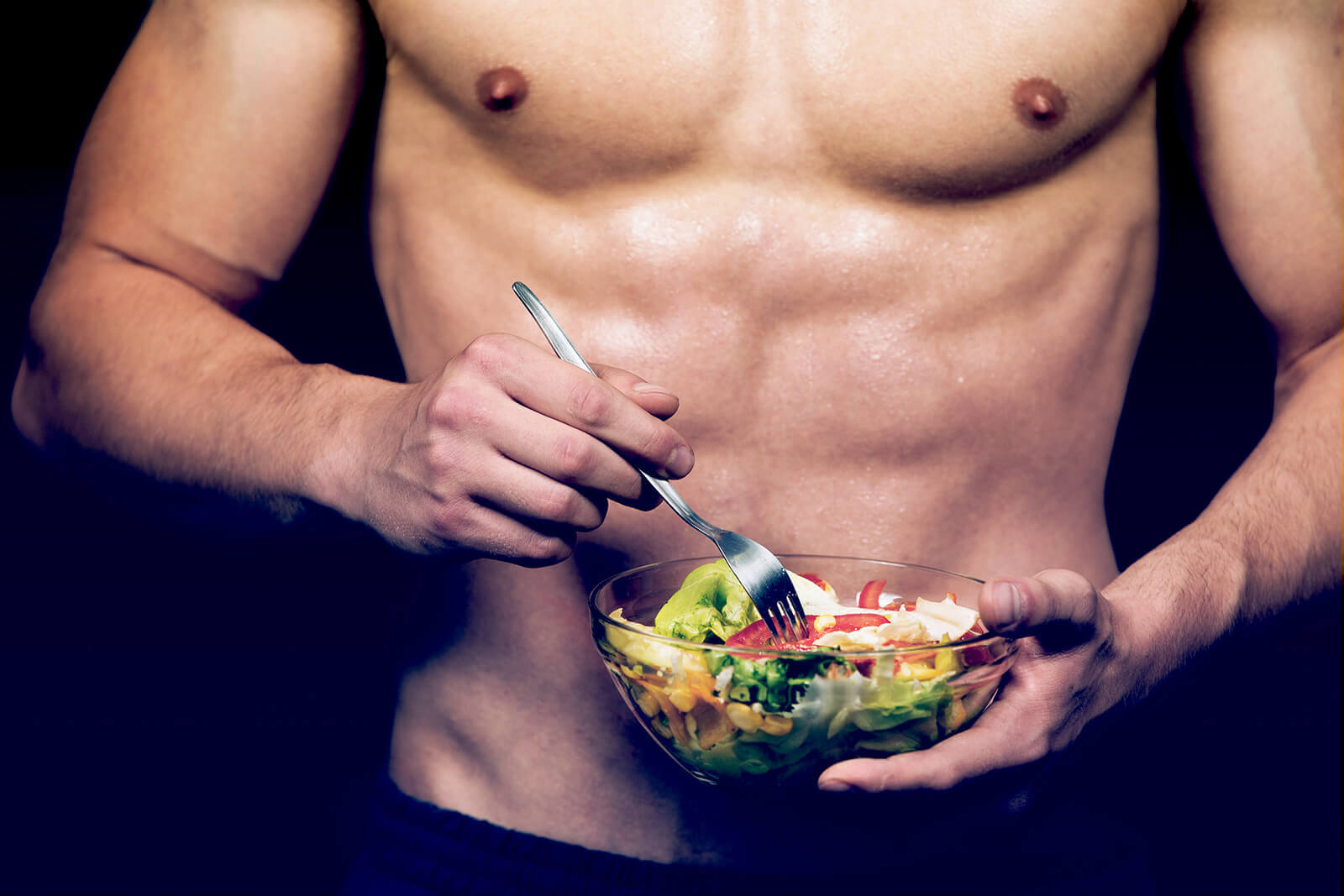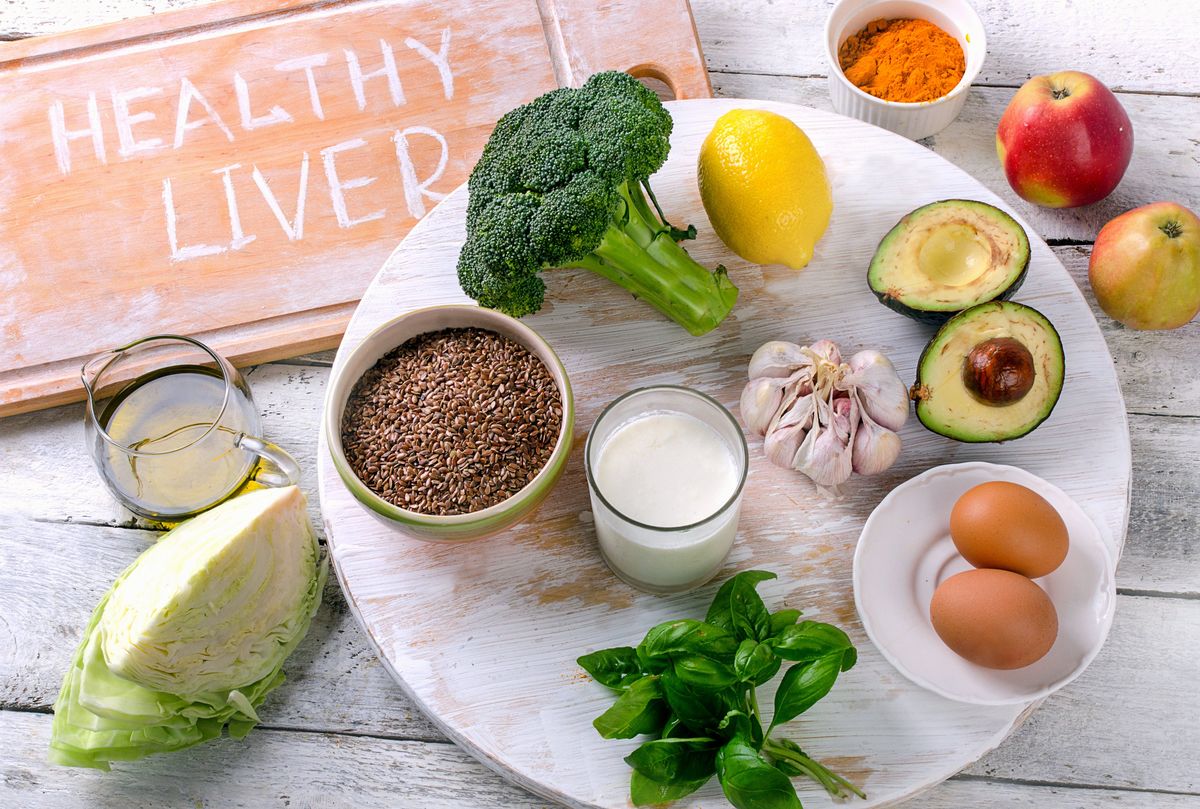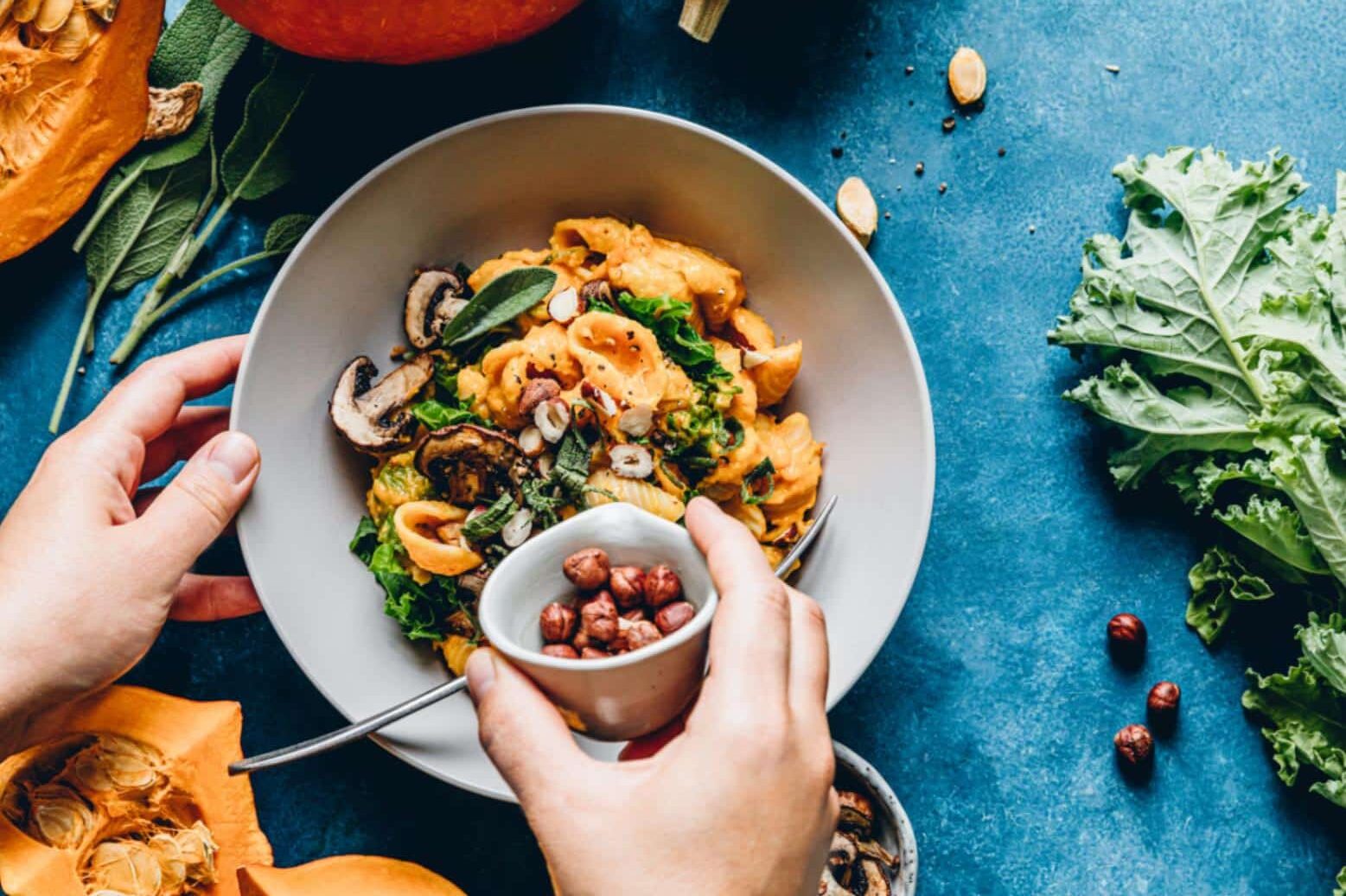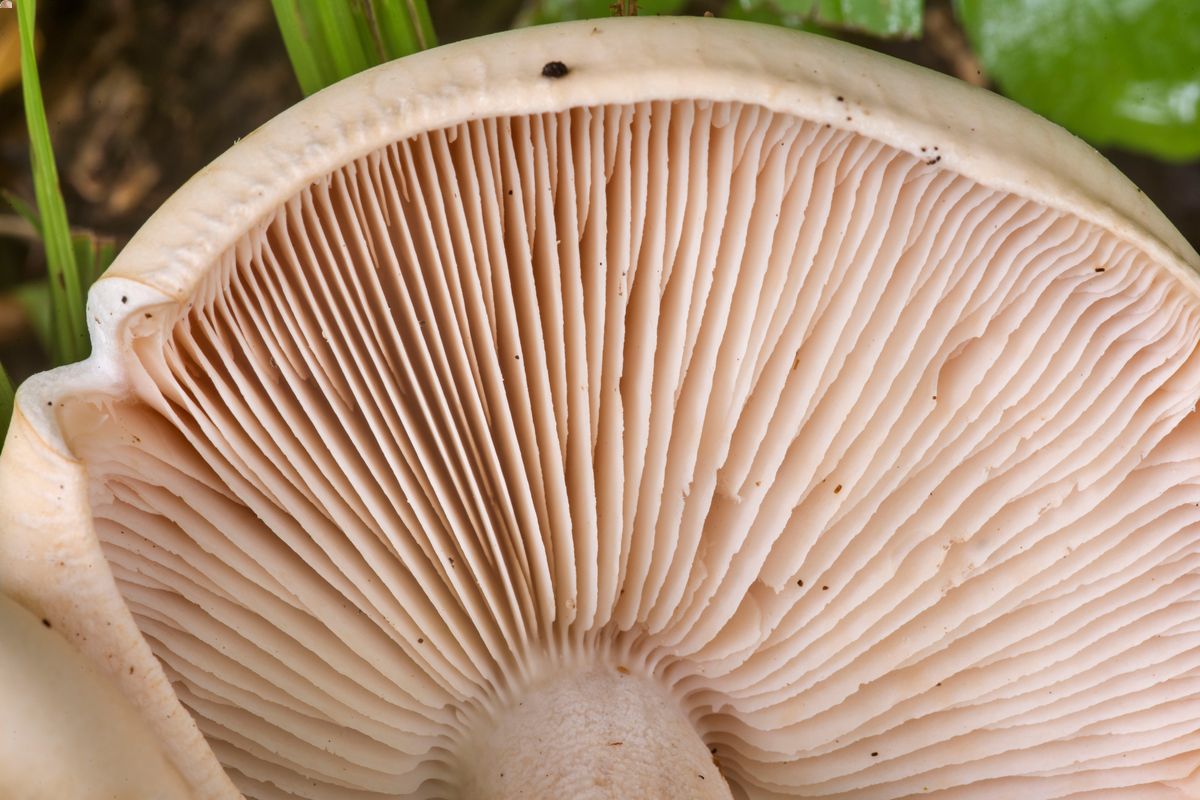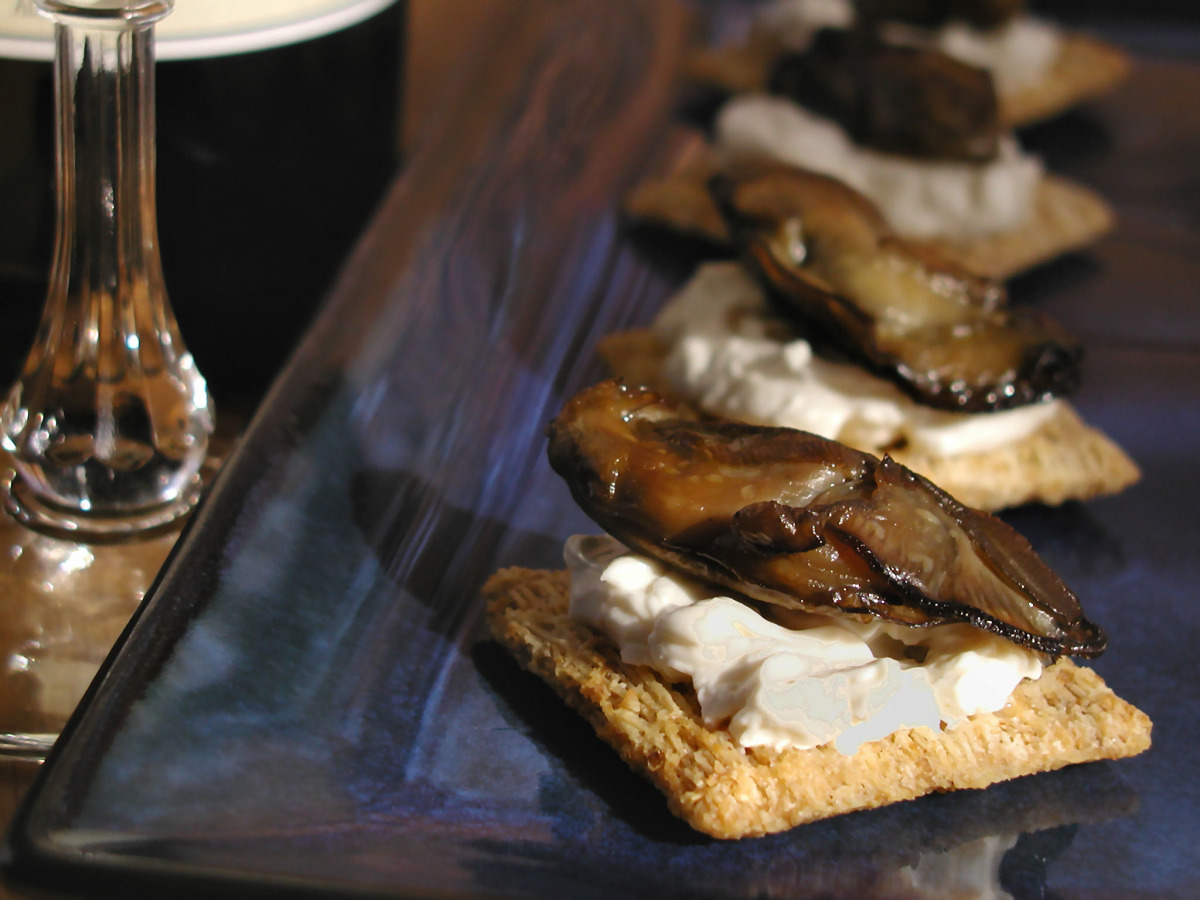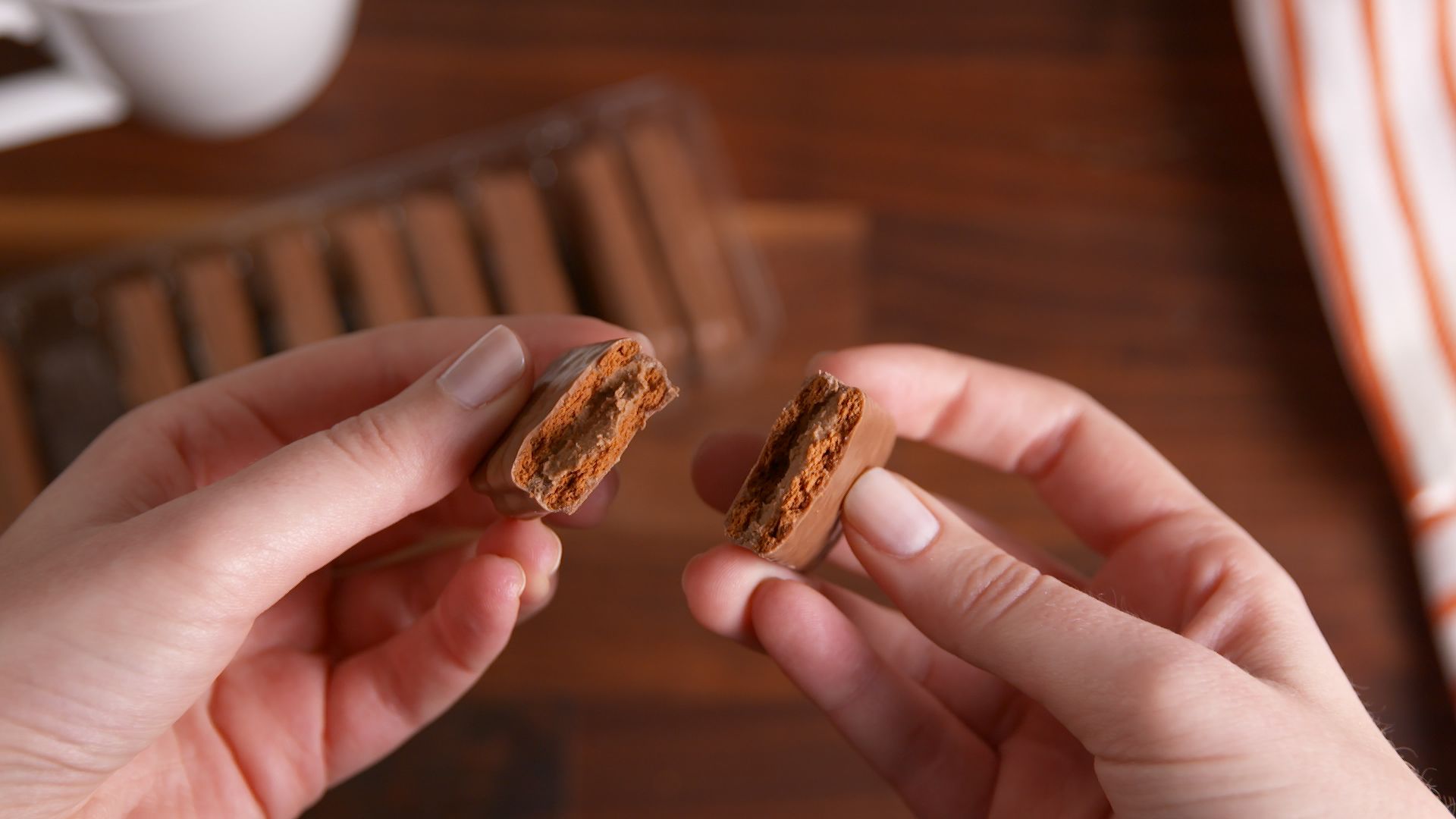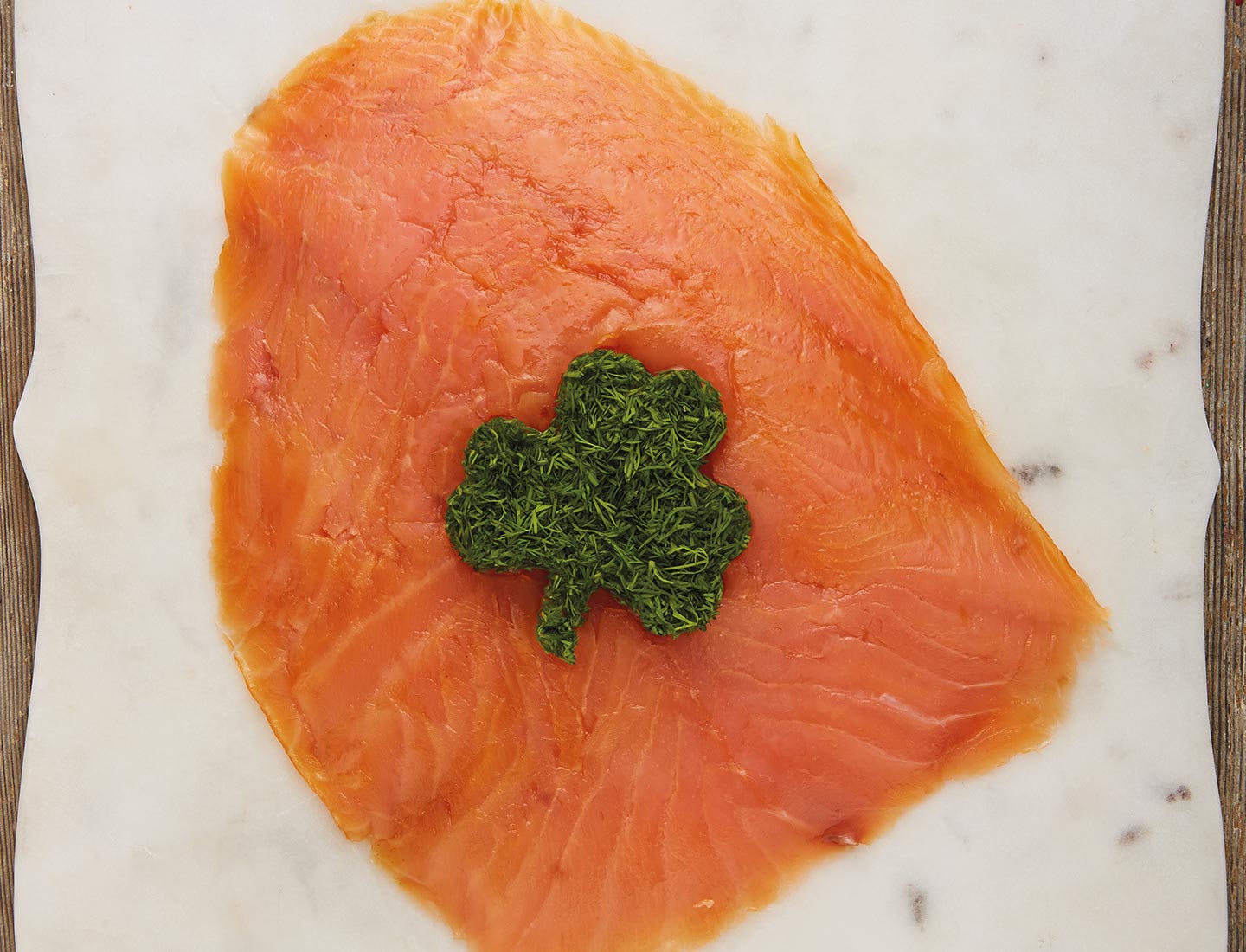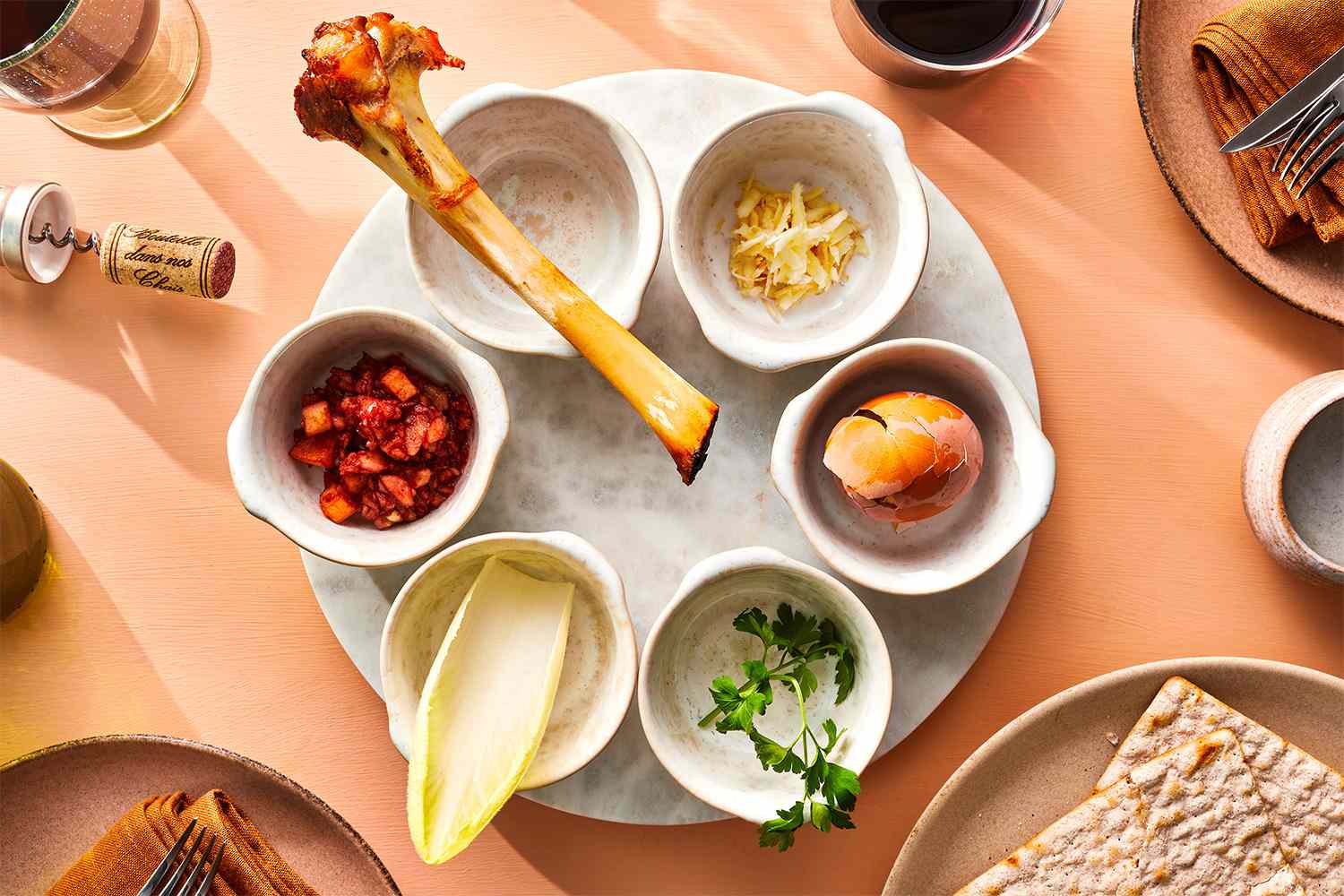Boost Your Vitamin D Levels with These Foods
If you’re looking to increase your vitamin D levels, the good news is that there are plenty of delicious and nutritious foods that can help you do just that. Vitamin D is essential for maintaining strong bones, supporting your immune system, and promoting overall health and well-being. Here are some foods that can help you boost your vitamin D levels:
Fatty Fish
Fatty fish such as salmon, trout, and mackerel are excellent sources of vitamin D. Just a 3.5-ounce (100-gram) serving of cooked salmon can provide up to 600-1000 IU of vitamin D, which is more than the recommended daily intake for most individuals. Including fatty fish in your diet a few times a week can significantly contribute to your vitamin D levels.
Egg Yolks
Egg yolks are another great source of vitamin D. One large egg yolk contains about 40 IU of vitamin D. Including eggs in your diet can be a simple and versatile way to increase your vitamin D intake.
Mushrooms
Some types of mushrooms, such as maitake and portobello mushrooms, contain a good amount of vitamin D. When exposed to UV light, mushrooms can naturally produce vitamin D, making them a unique plant-based source of this essential nutrient.
Fortified Foods
Many foods are fortified with vitamin D, including milk, orange juice, and breakfast cereals. Checking the labels of these products can help you identify which ones are fortified with vitamin D. Incorporating fortified foods into your diet can be an easy way to increase your vitamin D intake.
Supplements
In addition to food sources, vitamin D supplements can also be an effective way to boost your vitamin D levels, especially if you have limited sun exposure or have difficulty meeting your vitamin D needs through food alone. It’s important to consult with a healthcare professional before starting any new supplement regimen to determine the appropriate dosage for your individual needs.
Remember, while it’s important to include vitamin D-rich foods in your diet, it’s also essential to maintain a healthy and balanced overall diet to support your overall health and well-being. By incorporating these foods into your meals and snacks, you can help ensure that you’re getting an adequate amount of vitamin D to support your health.
So, whether you’re enjoying a delicious salmon dinner, adding some mushrooms to your favorite dishes, or sipping on a glass of fortified orange juice, there are plenty of tasty ways to increase your vitamin D levels through your diet. By making these simple and delicious swaps, you can support your overall health and well-being while enjoying a variety of flavorful foods.
